A roof protects your home from rain, snow, sunlight, and temperature extremes. Keeping up with roofing is important to the overall health of your house.
Getting a new roof is one of the most significant investments in your house. It increases the value of your home and makes it more attractive to potential buyers. For more information visit Website.
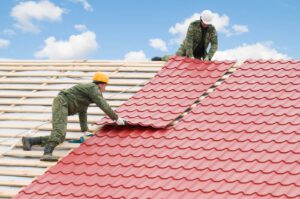
Roofing shingles provide an aesthetic showpiece for finished roofs and other structures. They are available in various colors and designs, making them an attractive addition to many buildings. In addition to providing a visual design element, shingles offer several other significant benefits, including durability and affordability.
Shingles come in several forms and materials and are manufactured through various manufacturing processes. While most shingle types have unique characteristics, the basic construction of a shingle is similar across all styles. Generally, they are laid in courses from the bottom edge of the roof up, with each successive row overlapping the previous one. In some cases, shingles may also be applied to sloped surfaces without a roof.
A shingle’s main purpose is to protect a building’s interior structure from weather elements such as rain, snow, and UV rays. Some shingles have a special coating that reflects the sun’s infrared rays to reduce a building’s energy consumption.
Wood shingles are commonly used for roofs and can be cut from cypress, redwood, or western red cedar. They are usually kiln-dried and may be hand-split or machine-split, with the surface either left smooth or displaying the slight roughness of the original sawing. Newer wooden shingles are typically treated with chemical preservatives to improve their longevity and achieve a fire-resistance rating comparable to other shingle types.
A shingle’s protective coating degrades over time, and it’s important to maintain proper maintenance to preserve the roof’s integrity. Shingles should be periodically inspected for signs of damage, such as worn spots or curling corners, which indicate that the sealant is wearing out. In addition, the gutters should be cleaned regularly to prevent water and debris from backing up onto the shingles.
Other important roof maintenance includes the application of an ice and water membrane. This is critical around areas of the roof that penetrate through the shingle cover, such as attic vents, plumbing stacks, and chimneys. The ice and water membrane helps prevent moisture from seeping through the cracks in the shingle covering and into the house’s walls.
Many homeowners are attracted to metal roofing for its durability and attractive appearance. However, several important things must be known before committing to this roofing style.
Most people consider industrial or commercial structures when considering metal roofing, but it is also very popular for residential use. Some roof styles, like shingle-style metal, blend nicely with traditional homes, while others, such as standing seam, offer a more contemporary look.
The metal roofing industry is constantly expanding, offering more and more options for architects. Most metal roofing starts as a metal coil and then is fed into a machine that flattens and shapes it to form different roofing panels. The engine can also alter the lengths of each panel to fit specific roofing applications.
Steel is the most common type of metal for roofing because it offers a good balance of strength, weight, and longevity. Depending on the type of steel used, it can be coated to improve its performance and appearance. The most popular coating for steel is galvanized, but other types are available, including weathering steel and a combination of zinc and aluminum called galvalume or zincalume.
Another option for metal roofing is aluminum, which has a very high strength-to-weight ratio. It can be coated to make it more durable and attractive, but its main advantage is that it does not rust.
When choosing a metal roof, it is important to consider the environment and local weather conditions. Extreme heat and cold can affect the metal, and it is advisable to install insulation to help protect against these extremes. Also, metal roofing is more susceptible to damage from the hail than shingle roofs, so it may be necessary to purchase homeowner’s insurance that covers such damage.
It is also worth noting that most insurance companies will only provide coverage for a metal roof that has been grounded properly. While it is true that lightning does not typically strike buildings, if it does, a grounding system will prevent the lightning from running through the roof and causing fire damage.
While it is tempting to focus solely on the outer layer of your roof when considering roofing, the underlayment is just as important. This is because the underlayment helps prevent water from seeping into your home through a leak in the roof deck. The underlayment, whether asphalt-saturated felt or modern synthetic materials, is a secondary moisture barrier to keep rain from penetrating the deck and into your home.
The underlayment is placed over the entire roof deck, and the shingles or other roofing materials are installed. This is why a roof replacement contractor must use the right underlayment for your home. If you choose the right type, you could avoid a leaky roof.
UL has decades of experience testing and certifying roofing products, including underlayment. We can test the underlayment for resistance to fire and high winds, among other things. We can also determine if the underlayment complies with code requirements. The International Building Code and the International Residential Code contain specific requirements for underlayment. During a roof inspection, a certified home inspector will look for signs of damage to the underlayment and recommend that it be repaired or replaced.
There are two main types of underlayment: felt and synthetic. Felt underlayment is the oldest, typically made of either 15 or 30-lb felt paper. Felt underlayment is less expensive than synthetic but can be more susceptible to tears. Moreover, volatile compounds can dissipate over time, leading to deterioration and moisture absorption.
Synthetic underlayment is more resistant to mold and fungal growth and can withstand higher wind speeds than felt underlayment. However, installing it can be more difficult, requiring more skill to adhere than felt. Moreover, it may not be suitable for cold climates, as it can become brittle and break apart.
Some synthetic underlayments have a self-adhered surface, which allows them to stick directly to the roof deck and create a waterproof seal. This is particularly useful in areas of the roof where water tends to gather, such as eaves, valleys, vents, and chimneys.
Flashing is the thin sheet material that keeps water out of crevices in a roof and can be made from metals such as copper, aluminum, and galvanized steel. It is installed over the shingle roof-covering material to protect areas where leaks are most likely. It diverts penetrating damp and prevents water from entering the structure of a building, thus making it less vulnerable to moisture damage and toxic mold build-up.
A qualified roofing contractor will install flashing around chimneys, vent pipes, wall cladding, dormers, and roof penetrations such as skylights. It also protects the walls of a home from water intrusion and provides weather resistance to windows and doors.
When installing flashing, the roofing contractor should pay special attention to the joints where two flashing pieces meet. Leaks are prone to occurring in these areas as they create an uneven surface. It is important that the flashing is installed evenly and correctly to prevent leaking in the future.
Flashing is typically installed in various shapes, depending on the location. Channel flashing is shaped like a “U” to catch water at the lower edge of a chimney or the joint between a vertical wall and a sloping roof (at the eaves). Apron flashing is used along dormers and other protrusions on a roof, diverting the rainwater into gutters. Flat ridge flashing covers the ridge of a roof, protecting it from rainwater run-off. Roll-top ridge flashing and barge capping flashing are similar to flat ridge flashing but have a rounder ridge.
Lead is a popular roofing flashing material that has long-lasting durability. It has a natural moisture resistance and doesn’t rust as easily as other metals. It can be used with various roofing materials and is easy to work with when installing flashing.
In addition to preventing leaks, proper flashing installation can make the cladding of a home more durable and reduce indoor noise levels. It can also help ensure that the air in a house stays warm and dry, reducing energy costs and the risk of mold growth.
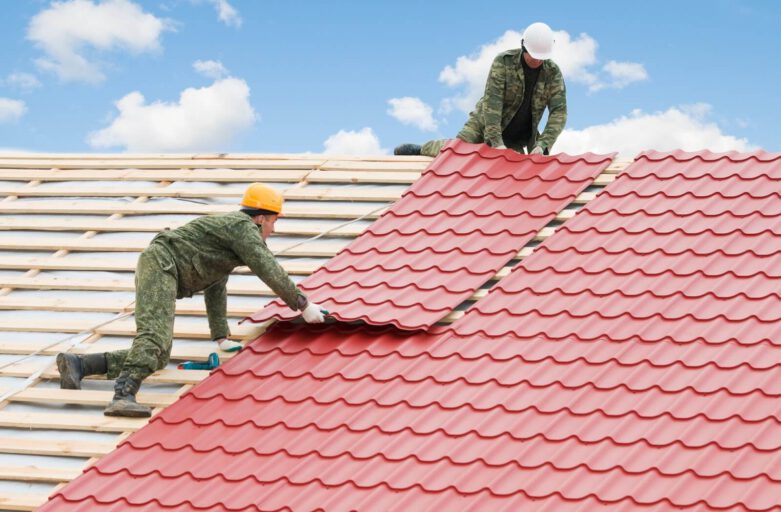
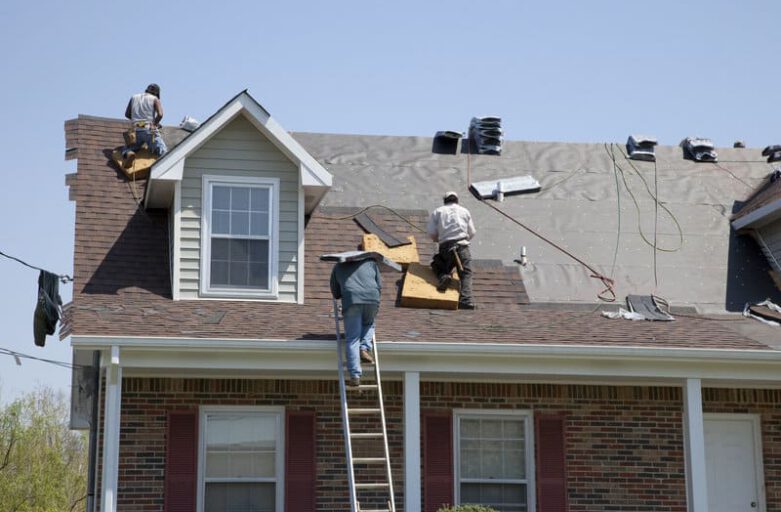
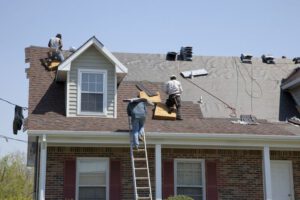


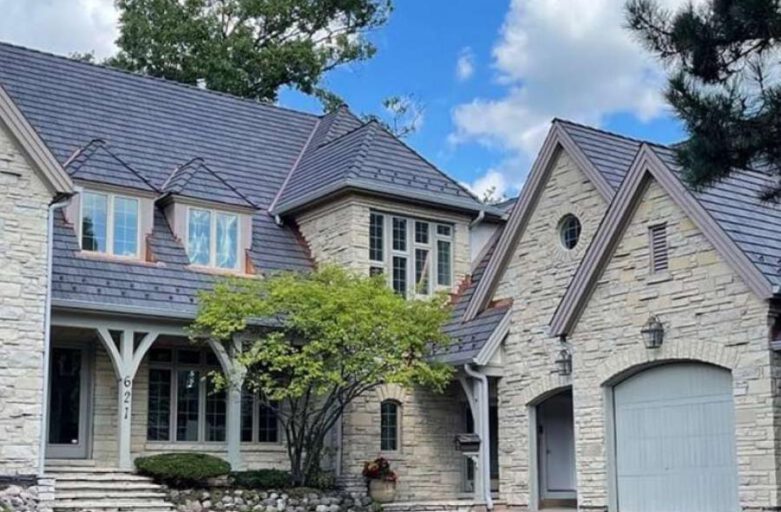


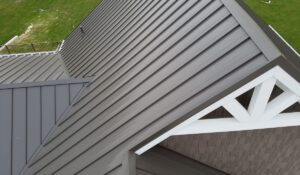
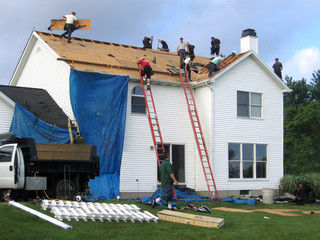


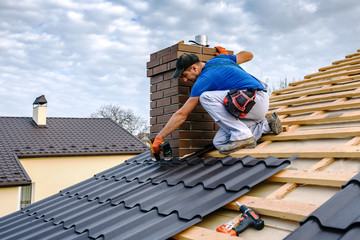
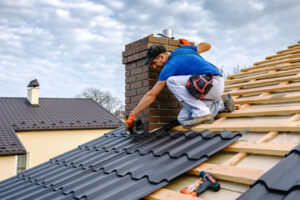 There are many benefits to a flat roof, including its ability to reduce evaporation. This material is highly durable, so it is best to seek the services of a professional roofer. A properly-constructed roof will prevent the weather from compromising your home or business. And if you decide to go with a flat roof, you should consider the pros and cons of each type before making the final decision. Roofing materials are not only functional, but they are also attractive.
There are many benefits to a flat roof, including its ability to reduce evaporation. This material is highly durable, so it is best to seek the services of a professional roofer. A properly-constructed roof will prevent the weather from compromising your home or business. And if you decide to go with a flat roof, you should consider the pros and cons of each type before making the final decision. Roofing materials are not only functional, but they are also attractive.